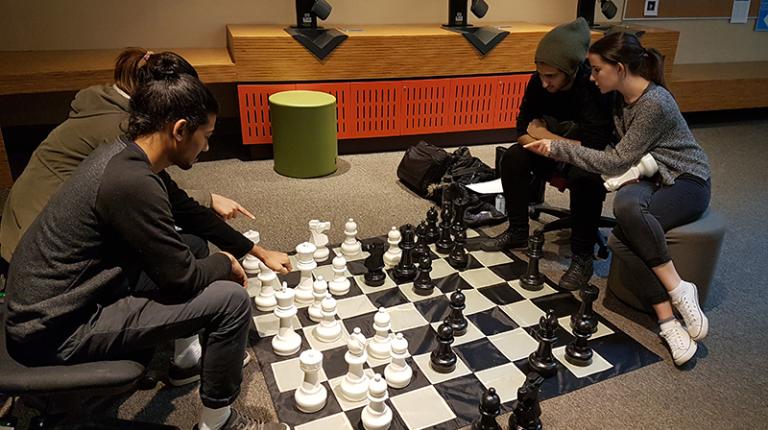Victoria University
Victoria University (VU) is the University of The West.
Victoria University achieved university status in 1991, but the preceding institutions date back to 1916. VU is one of Australia’s few dual-sector universities. Today, VU has over 40,000 enrolled higher education, and vocational education and training students studying on the campuses.
VU has received the following rankings:
- ranked in the world’s top 2% (Times Higher Education – THE – World University Rankings 2018, 2019 and 2020)
- ranked 45 in the world’s top universities aged under 50 (THE Young University Rankings 2019).
As one of 39 public universities in Australia, graduates can be assured their qualification from VU is being awarded from a university operating in a world-class education system.
Being a dual-sector university means that our students can easily pathway from vocational education to higher education – such as from a certificate or diploma course through to an undergraduate degree or even a postgraduate qualification by coursework or research.

TEACHING COLLEGES & SCHOOLS
VU’s colleges at Victoria University offer diplomas, undergraduate and postgraduate degrees.
Each college focuses on a specific discipline area:
-
- arts and education
- business
- engineering and science
- health and biomedicine
- law and justice
- sport and exercise science.
Each College has Course and Unit Advisors to help with course-specific student enquiries.
English-language courses and pathway diplomas are offered by VU College.
VU’s TAFE division, Victoria University Polytechnic(external link), delivers vocational training closely linked with industry.
TEACHING & LEARNING AT VU
VU’s teaching and learning features:
-
- the VU Block Model, where small, focused classes lead to improved results
- work-integrated learning options
- tailored learning support
- flexible, supported pathways for students into and between a tailored range of courses
- courses with benefits such as overseas study opportunities, practical industry links and work integrated and problem-based learning.

PRACTICE-INTEGRATED LEARNING
VU’s practice-integrated learning activities present a rich range of experiences and environments to engage students with practitioners, industry professionals, and in workplace and community settings. This style of learning is offered to students in all of the University’s undergraduate courses.
Practice-integrated learning includes:
-
- Work/industry placements: students work in business, government or community organisations.
- Problem-based learning: students work in groups to identify what they need to learn to solve a problem. They conduct research, integrate theory and practice, and apply knowledge and skills to develop a viable solution. The teacher becomes a facilitator of the learning process rather than providing the knowledge
- Industry or community projects: individual students or student teams undertake a project based on a problem or need encountered by a business or community organisation
- Workers as learners: the primary role of the learner is worker rather than student, and includes apprenticeships, traineeships, cadetships and workplace learning
- Simulated workplace environments (real and virtual): these are designed to reflect a real workplace, such as hospital wards, fitness training studios, training restaurants, moot courts and virtual businesses
- Project-based learning: learning is organised around projects that involve students in the design, implementation, problem-solving and decision-making.












